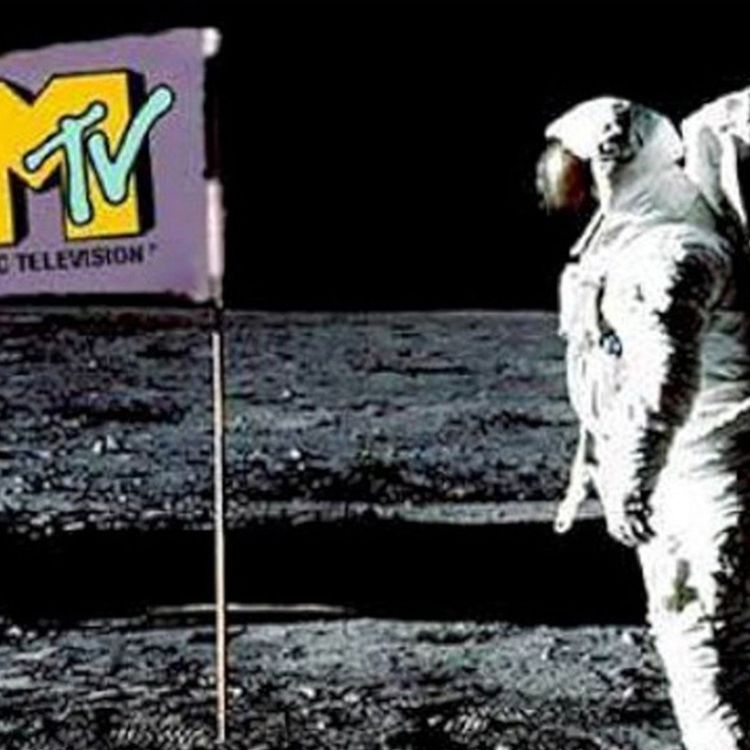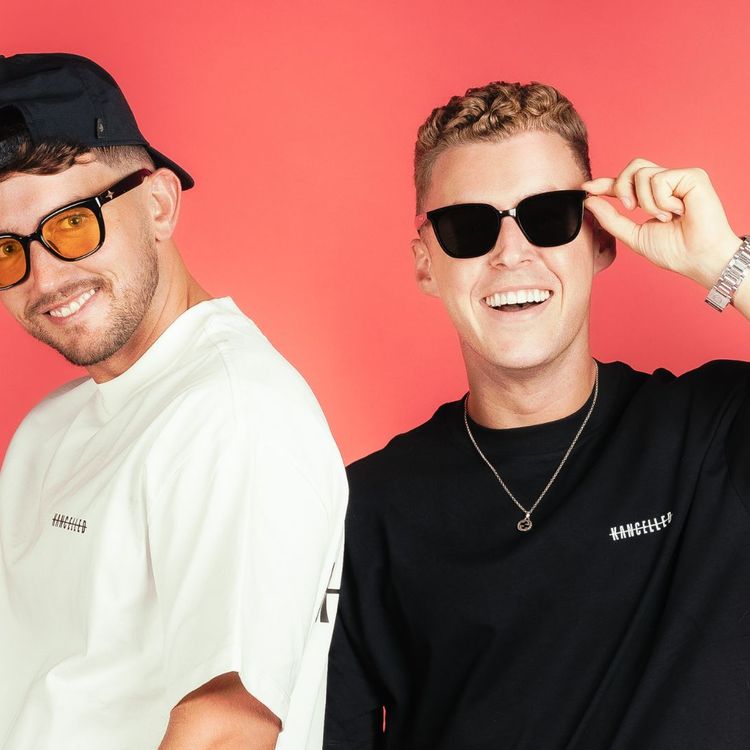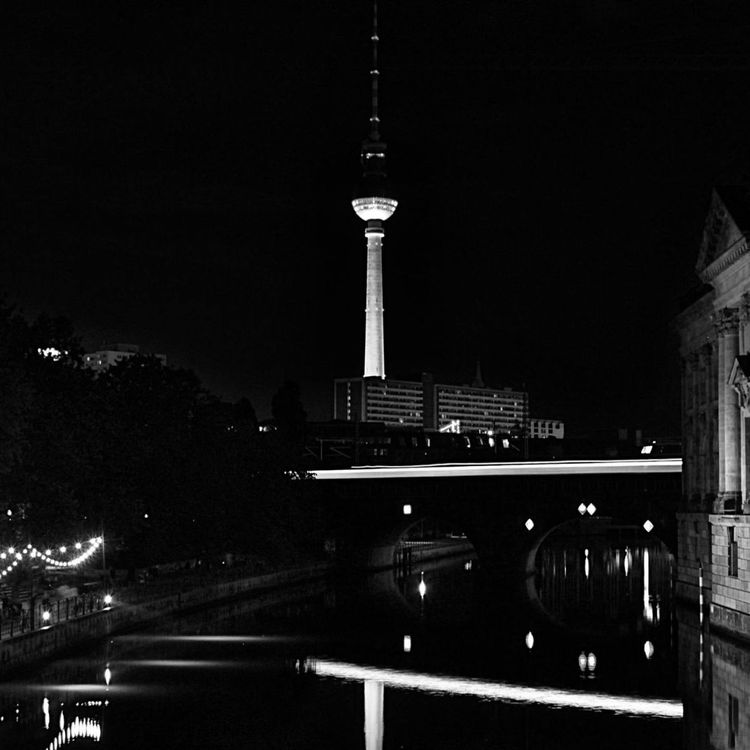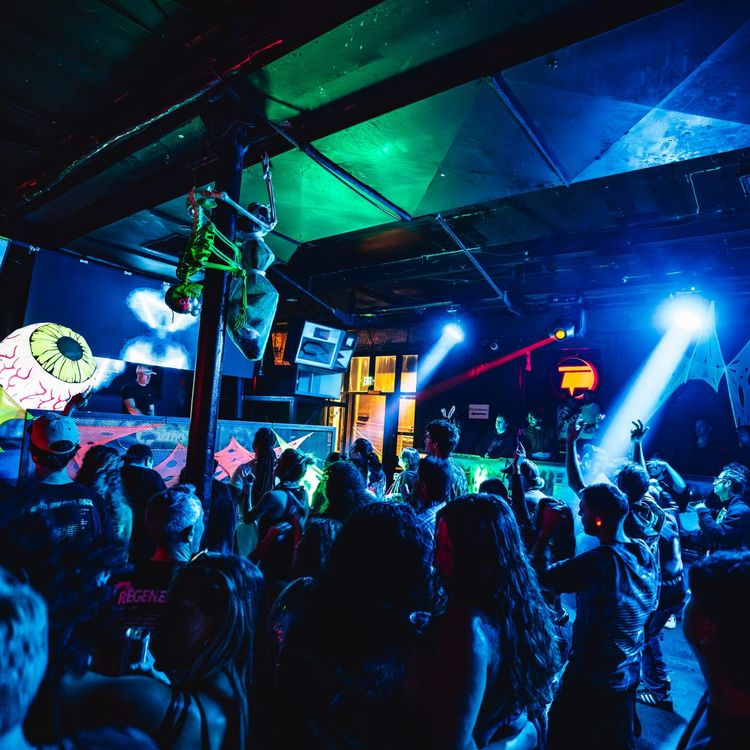How the MP3 Killed the CD — and Rewired Dance Music
For anyone who’s spent hours digging through SoundCloud or building a set late into the night, it’s hard to imagine what dance music would look like without the MP3. This small, compressed file format didn’t just change how we listen — it reshaped who gets to make music, play music, and get heard.

Back in the '90s, the world ran on vinyl and CDs. Getting music out there was expensive. Pressing records took cash, time, and connections. If you were a bedroom producer with a cracked copy of FruityLoops (FL Studio), chances were slim your track would ever leave your hard drive.
Then came the MP3. Lower sound quality? Sure. But suddenly a track was 1/12th the size of a CD file. It could travel fast, be shared endlessly, and live on the early web, where forums and blogs became the new record shops. You didn’t need a label, you didn’t need distribution. Just a modem and a zip file.
At first, the industry laughed it off. One Philips exec famously told the developers of the first MP3 player, “There will never be a commercial MP3 player.” Labels clung to CDs, convinced digital files were just a passing fad. But while they were asleep at the wheel, a new ecosystem was forming — Winamp, Napster, portable players, and later, iTunes and torrents. MP3s went from pirate files to the default way to get music.

This shift hit dance music hard — and in many ways, for the better. DJing, once an expensive and technical art, suddenly became accessible. You didn’t need to haul crates of vinyl or beatmatch by ear. With a laptop and some cracked software, anyone could play a party. The bar to entry dropped, and thousands of new DJs and producers jumped in.
That accessibility changed the culture. Dance music blew past borders. Local scenes found global ears. A track uploaded at midnight in Glasgow could be dropped in a Tokyo warehouse by the weekend. But not everyone was happy. Old school heads felt the flood of average tunes watered things down. And artists, facing fractions of a penny per stream, had to tour harder just to pay rent.
Still, the MP3 blew the gate wide open. More music reached more people than ever before. Dance music stopped being a closed circuit. It changed how tracks were made, played, and heard. The playing field leveled out. DJing moved from record stores to bedrooms. Producers could upload a tune and see it land on dancefloors around the world — no label required.
If you’ve ever found a track on SoundCloud that turned into a secret weapon in your set, or learned to DJ on a borrowed laptop, you’ve got the MP3 to thank. It changed the rules — and dance music hasn’t looked back.
















